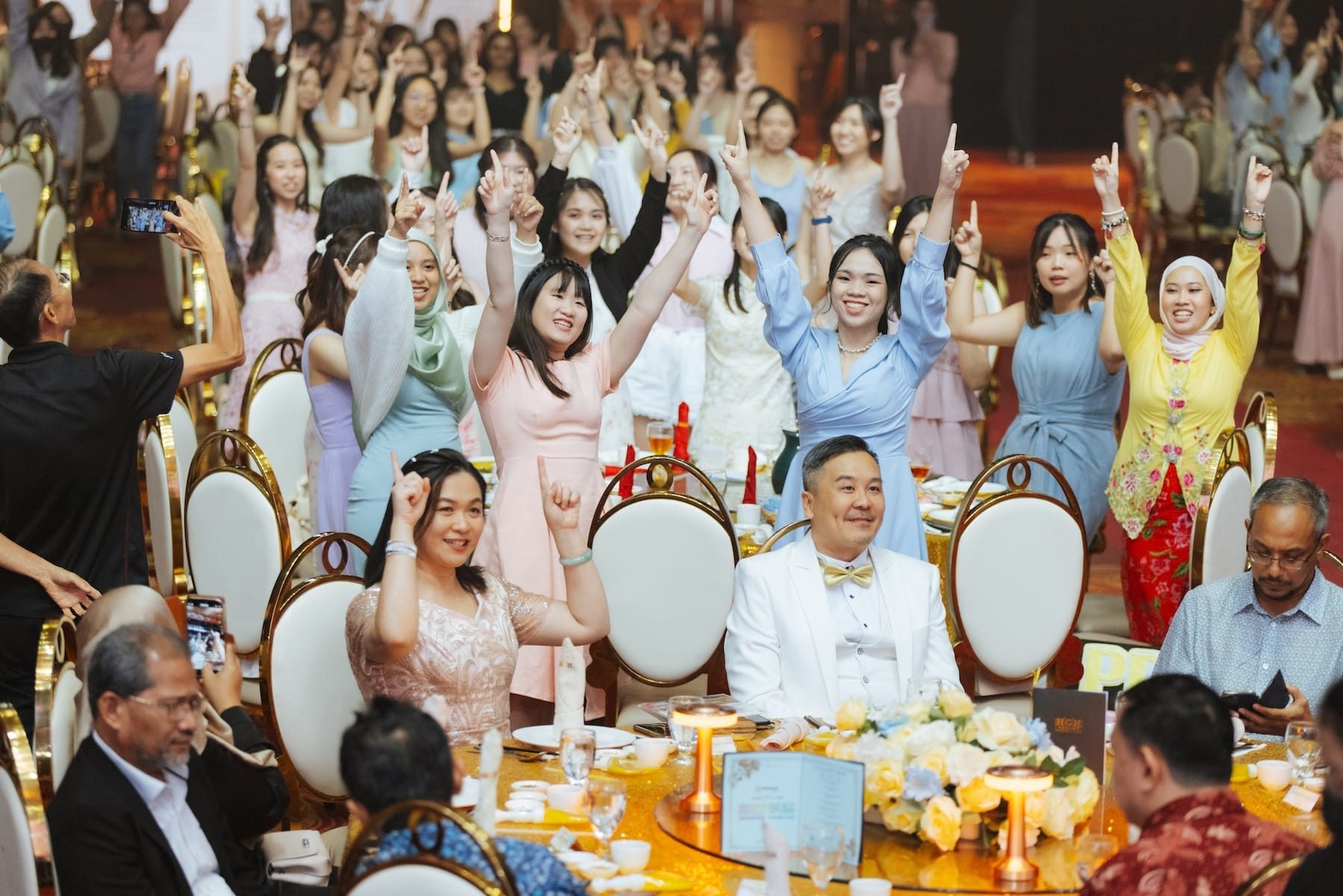When you think of Malaysian education, traditional classrooms with children buried in thick textbooks might come to mind.
But times are changing, and Malaysia is striving to break free from conventional education frameworks and embark on a profound reform journey. Let’s explore the current state and the path of reform in Malaysian primary education, and see how it seeks to find a way out of the stagnation of rote learning.
Decentralizing Education: A Trial or a Futile Effort?
KSSR Reform: Major Overhaul or Minor Adjustment?
The Essence of Reform: A Disconnect Between Ideals and Practice
The Ailments of the Education System: Bureaucracy and Resistance
Exploring More Possibilities: A Future of Innovation and Diversity in Education
1. Interdisciplinary Education: Promote curriculum integration, allowing students to connect across subjects like science, technology, engineering, arts, and mathematics (STEAM), fostering well-rounded abilities.
2. Flexible Learning Paths: Offer more personalized learning options, enabling students to choose projects based on their interests and abilities, enhancing their motivation and engagement.
3. Technology Integration: Utilize digital tools and platforms to create interactive and collaborative learning environments, while strengthening information skills to make students more competitive in the digital age.
4. Emotional and Social Learning: Emphasize emotional development and social skills through team projects and social interactions, nurturing empathy, communication skills, and conflict resolution abilities.
5. Global Perspective: Provide education with a global perspective through international cooperation projects and multicultural exchanges, helping students understand and respect different cultures and values.
6. Teacher Training and Professional Development: Enhance professional development for teachers through continuous training and workshops, updating teaching methods and skills to ensure they can guide and inspire students.
7. Family and Community Collaboration: Strengthen the connection between schools, families, and communities to support student learning and development, making educational outcomes more profound and lasting.
8. Innovative Assessment and Feedback Systems: Develop more diverse and comprehensive assessment tools that not only evaluate academic achievements but also focus on creativity, critical thinking, and problem-solving skills.
Breaking Free from Rote Learning
As Malaysian primary education faces various challenges, a genuine educational revolution is brewing. The education sector needs to keep pace with the times, breaking away from the rote learning framework, truly focusing on children’s needs, and laying the foundation for future global citizens. In doing so, when we next discuss Malaysian education, we might witness a true educational renaissance. — YelaoShr® Education Institution



